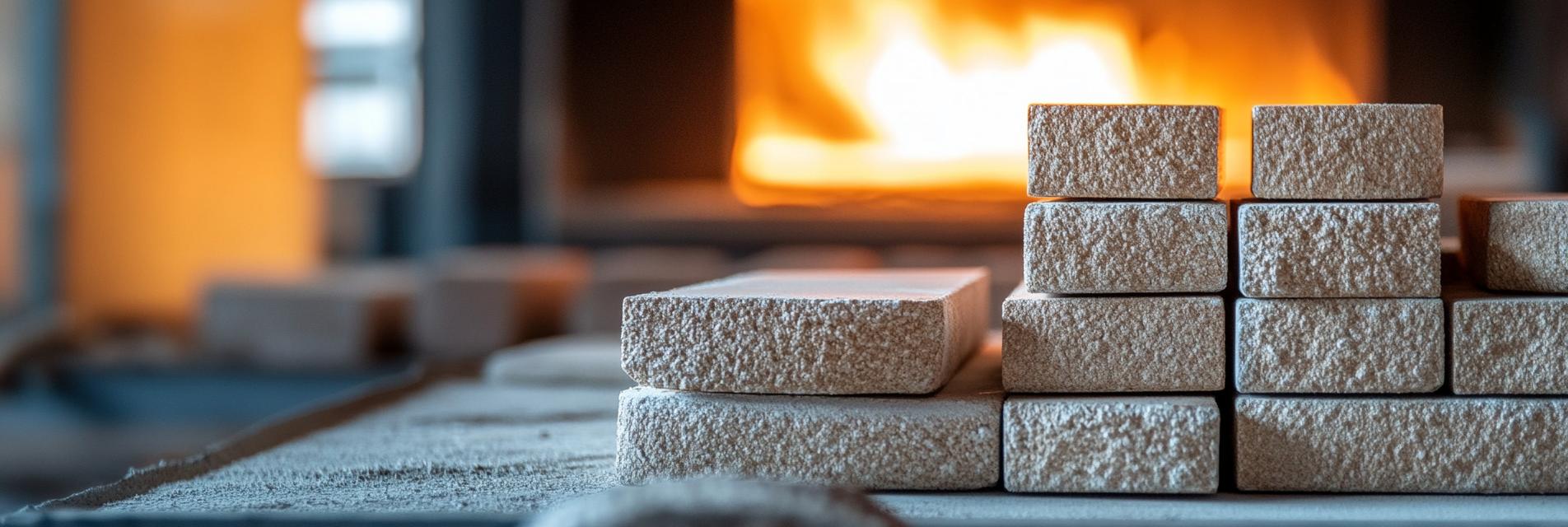
In industrial high-temperature environments, refractory materials play a crucial role. Fused magnesia bricks, as high-performance refractory materials, have emerged as a top choice for many industries due to their exceptional properties and reliability.
Fused magnesia bricks are primarily made from fused magnesia, a high-purity raw material. The use of fused magnesia offers several advantages. It has a high melting point, typically above 2800°C, which provides excellent fire resistance. During the manufacturing process, the fused magnesia is carefully graded to achieve the optimal particle size distribution. Then, it is pressed under high pressure to form the brick shape and sintered at extremely high temperatures, usually around 1800 - 2000°C, to enhance its structural integrity and performance.
Compared with other common refractory materials, fused magnesia bricks stand out in multiple aspects. For example, in terms of refractoriness, while some ordinary refractory bricks may have a refractoriness of around 1600 - 1700°C, fused magnesia bricks can withstand temperatures up to 2800°C or even higher. In terms of resistance to alkaline slag, fused magnesia bricks show a remarkable ability to resist corrosion. Tests have shown that in a highly alkaline slag environment, the corrosion rate of fused magnesia bricks is only about 10 - 15% of that of some traditional refractory materials within a certain period.

Fused magnesia bricks are widely used in various industrial high-temperature scenarios. In the steel smelting industry, they are used in ladles, converters, and electric arc furnaces. Their excellent resistance to high temperatures and alkaline slag helps to ensure the smooth operation of the steelmaking process and improve the quality of steel products. In the glass manufacturing industry, fused magnesia bricks are used in glass melting furnaces. They can withstand the high temperatures and corrosive environment during the glass melting process, reducing the risk of furnace damage and improving production efficiency.
.jpg)
Let's take a real - world example. A steel plant used to use traditional refractory bricks in its ladles. The service life of these bricks was about 50 - 60 heats. After switching to fused magnesia bricks, the service life increased to 150 - 200 heats. This significant extension of the equipment's service life not only reduces the frequency of brick replacement but also decreases the maintenance cost. The plant estimated that it saved about 30 - 40% of the refractory material cost and reduced the downtime for maintenance, which in turn increased the overall production efficiency.
In conclusion, fused magnesia bricks offer outstanding performance in terms of refractoriness, resistance to alkaline slag, thermal stability, and corrosion resistance. They can bring substantial economic benefits to industries by extending equipment life and reducing maintenance costs. When choosing refractory materials for your high - temperature applications, we strongly recommend considering fused magnesia bricks. If you are interested in learning more about our fused magnesia bricks or have any questions, please contact us at [contact information]. We are committed to providing you with high - quality products and professional services.
Contact us today to discuss how our fused magnesia bricks can meet your specific needs and enhance your industrial operations!

